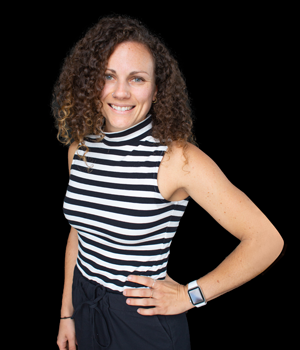News
Higher Education Insights from the TEQSA Annual Report

The Tertiary Education Quality and Standards Agency (TEQSA) has recently released its annual report on TEQSA registered Higher Education providers.
The organisation is Australia’s independent national quality assurance and regulatory agency for higher education, with the report providing an insight into the current state of the higher education sector in Australia.
Key Takeaways:
Provider Registration and Student Numbers On the Rise
The report points to the size and diversity of the Australian Higher Education sector, with 172 registered providers enrolling 1,537,081 students for all or part of 2017.
There has also been a moderate increase in student participation, with there being a 4% rise in the number of students between 2016 and 2017:
students in 2016
students in 2017
The number of international students is of particular note, with there being a 10% increase in the international student population from 2016 to 2017.
As of 2018, China remains the main international source market for universities and not-for-profit provider categories, while India is the main source market for the for-profit provider category.
Higher Education At a Glance
The Higher Education courses of study with the highest growth were Health and Education, rising by 4% each from 2016 to 2017. This points towards a greater awareness among students of the skills gaps set to emerge as Australia’s education and healthcare needs continue to grow.
Overall student numbers are still highest in the Management and Commerce fields of study, which have both the highest number of undergraduate and post-graduate students.
69% of Australia’s student population are domestic students, while 31% are international students. 75% of students are undertaking an undergraduate degree, while 25% are pursuing postgraduate qualifications.
Higher Education Provider Analysis
92.2% of TEQSA providers are universities, while 5.2% are for-profit institutions, 2.1% are not-for-profit institutions, and 0.5% are TAFEs. 42% of providers are registered in NSW, while 26% are in Victoria.
11 non-university providers had partial or full self-accrediting authority in 2017 (including one for-profit provider that was granted partial self-accrediting authority), hinting at the growing legitimacy of non-university education pathways.
New course accreditation has dropped compared to previous years, decreasing in every broad field of education (BFoE) and all of the Australian Qualifications Framework (AQF) levels except AQF level 7. The decline can be attributed to the introduction of the new standards, which came into effect on 1 January 2017.
Management and Commerce BFoE continue to have the largest number of course accreditations, followed by the Society and Culture BFoE (together accounting for 60% of new course accreditations in 2017).
Students In Higher Education
Australia’s student body continues to increase alongside its population, and as Australian educational institutions continue to draw the attention of international students. With the rise of education services for overseas students, these numbers can be expected to grow.
The popularity of Management and Commerce may be explained by the fields’ global relevance and appeal in the eyes of international students.
While universities still have the highest proportion of students, there has also been a gradual increase in student enrolments at other provider types, such as for-profit, not-for-profit and TAFE, for the past four years. The overseas sector experienced the largest growth out of all provider types, with not-for-profit providers seeing a 23% increase in overseas students from 2015.
A flexible student experience also seems to be a top priority for today’s learner, with there being a 39% increase in the number of commencing students attending via a flexible delivery mode since 2015. At the same time, however, the number of commencing students attending via a flexible delivery mode at TAFE and not-for-profit institutions declined by 30% and 19% respectively in 2016.
The Australian Higher Education sector continues to grow, drawing in more international students than ever. Provider categories are also diversifying further, catering to more types of students than ever before.


